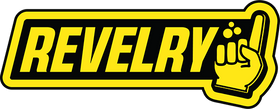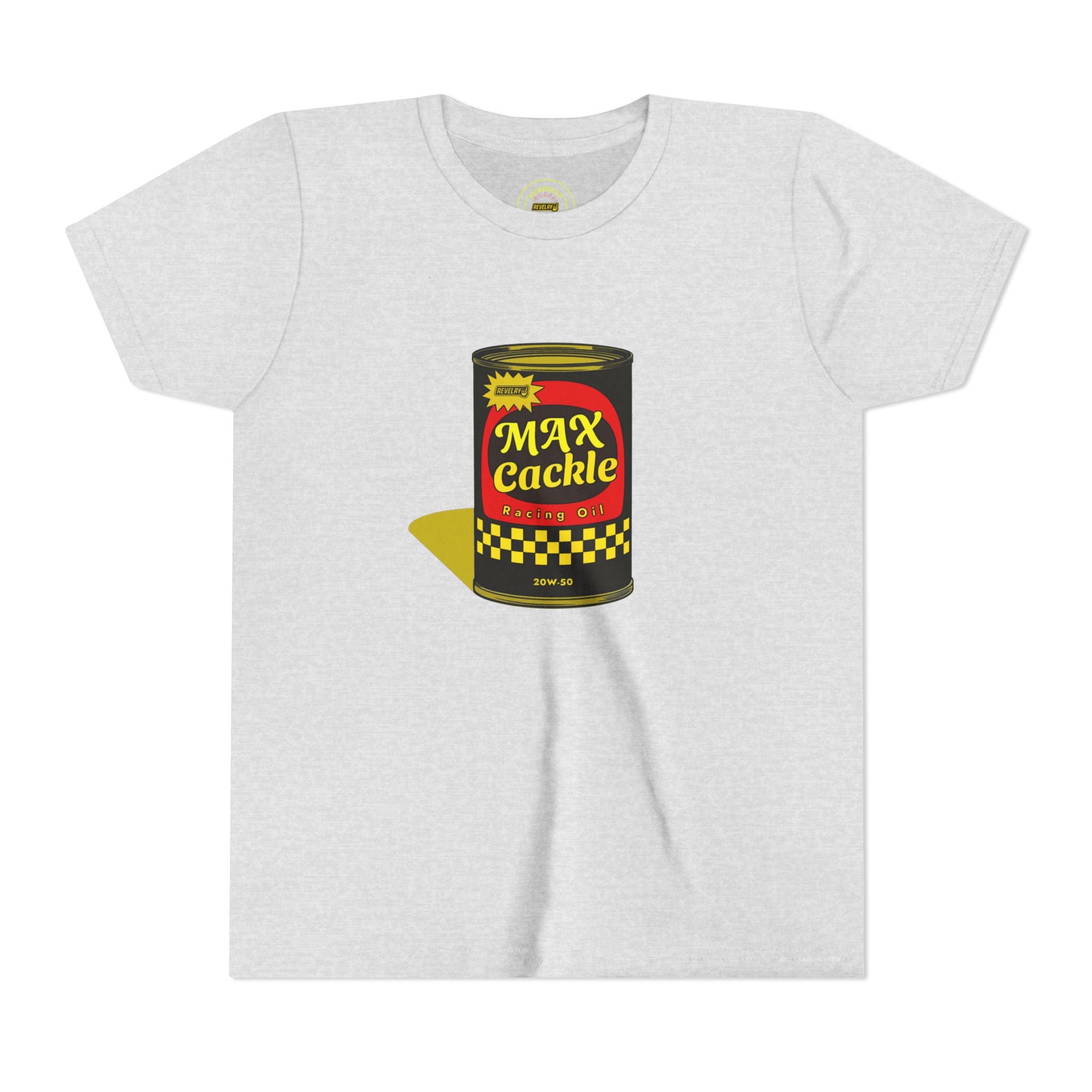The Birth of Hot Rodding: How Speed and Style Shaped a Culture

Hot rodding, born during the Great Depression and fueled by post-WWII innovation, transformed American car culture by blending speed, style, and self-expression. This movement redefined automotive performance and became a symbol of individuality and creativity.
Key Takeaways:
- Origins: Began in 1930s California; young drivers modified Fords for maximum speed.
- Cultural Impact: Hot rods influenced music, movies, fashion, and Americana.
- Evolution: Each era reflected changing styles from traditional rods to custom builds and rat rods.
- Innovation: DIY techniques and mechanical ingenuity shaped modern automotive design.
- Modern Scene: Technology enhances builds, but the hands-on spirit remains strong.
Table of Contents
- Introduction to Hot Rodding
- What Defines a Hot Rod
- The Origins of Hot Rodding
- Evolution Through the Decades
- The Cultural Impact of Hot Rods
- The Rat Rod Revolution
- Hot Rodding in the Digital Age
- The Enduring Appeal of Hot Rodding
- Carry the Spirit of Hot Rodding with Revelry1
The rumble of a souped-up engine, the gleam of a meticulously polished fender, the rush of adrenaline as tires grip the pavement—few things in American culture capture the spirit of ingenuity, rebellion, and self-expression quite like hot rodding.
From its humble beginnings during the Great Depression to its current status as a global phenomenon, hot rod culture has left an indelible mark on the automotive world and beyond.

Introduction to Hot Rods
Hot rods represent more than just modified vehicles—they embody a distinctly American ethos of speed, style, and individualism. But what exactly defines a hot rod?
"Hot rodding is in my DNA," says NHRA Pro Stock driver Troy Coughlin Jr. "There's something magical about taking a machine and transforming it into something uniquely yours, something that expresses who you are while pushing the boundaries of performance."
Hot rods are characterized by:
- American Heritage: Typically American cars, old or modern, with large engines optimized for speed and acceleration
- DIY Approach: Individually designed and constructed using components from various car makes
- Performance Focus: Modified to achieve greater speed and better handling than factory specifications
- Cultural Statement: Representing a lifestyle and attitude that values craftsmanship, speed, and self-expression
- Exhibition Value: Often built to showcase the builder's skills and creativity rather than for everyday driving
The essence of drag racing and hot rod lies not just in its mechanical specifications but in the spirit behind its creation—a spirit that values hands-on problem-solving, mechanical ingenuity, and the pursuit of automotive excellence.

The Origins of Hot Rodding
Hot rod history can be traced to Southern California’s dusty, dry lake beds in the 1930s. In the early days of hot rodding, during the Great Depression, young enthusiasts with limited resources but unlimited imagination began modifying old Ford Model Ts and Model As to extract every ounce of speed possible.
The term "hot rod" itself has contested origins. Some claim it refers to the hot camshafts used to increase engine performance, while others suggest it describes the sound of a modified engine running hot on the open road. Whatever its etymological roots, the term became synonymous with cars modified for more speed and power.
The movement truly exploded after World War II. Returning soldiers, armed with mechanical skills honed in military service and a taste for adrenaline, poured their energy into creating high-performance street machines. These early hot rods saw the flat streets of post-war suburban America as unofficial racing venues, while the vast salt flats of Bonneville provided a more formal setting for pushing machines to their limits.

Evolution Through the Decades
Hot rodding's evolution has been marked by distinct eras, each with its own aesthetic and technical innovations:
- 1940s-1950s: The golden age saw the rise of traditional hot rods—stripped-down pre-war Fords with exposed engines and minimal bodywork. Hot Rod Magazine launched in 1948, legitimizing and spreading the culture.
- 1950s-1960s: Custom cars gained prominence, with builders like George Barris creating sleek, artistic interpretations of factory models. The founding of the National Hot Rod Association (NHRA) in 1951 brought organization and safety standards to drag racing.
- 1970s-1980s: As car manufacturers began producing high-performance vehicles from the factory, hot rodding evolved to include more sophisticated modifications and a greater emphasis on street rods.
- 1990s-Present: The rat rod movement emerged, embracing a rougher, more utilitarian aesthetic that harkened back to hot rodding's roots. Meanwhile, advances in technology allowed for unprecedented levels of performance and customization.
Throughout these transitions, the core values of hot rodding—speed, individuality, and hands-on craftsmanship—have remained constant.

The Impact of Hot Rod Culture
Hot rodding's influence extends far beyond the automotive world, permeating American popular culture through movies, music, art, and fashion.
"What makes hot rod culture so special is the community," Troy Coughlin Jr. explains. "When you're at a show or event, you're surrounded by people who speak the same language—people who understand the passion behind every modification and the story behind every build."
The cultural significance of hot rodding can be seen in:
- Car Clubs: These tight-knit communities provided camaraderie and knowledge-sharing platforms, preserving techniques and fostering innovation.
- Iconic Media: From "American Graffiti" to ZZ Top's "Eliminator" music videos, hot rods became powerful symbols in popular culture.
- Technical Innovation: Many modifications pioneered by hot rodders eventually influenced mainstream automotive design and engineering.
- Americana: Hot rods have become emblematic of American innovation, independence, and the pursuit of freedom on the open road.

The Rat Rod Revolution
The 1990s saw the emergence of rat rods, a counterculture movement within hot rodding that rejected the increasingly polished and expensive show cars dominating events. Rat rods embraced a deliberately unfinished, weathered aesthetic, often featuring:
- Exposed engines with minimal bodywork
- Salvaged parts from multiple vehicles
- Patina and rust as desirable features rather than flaws
- A focus on driving experience over show-floor perfection
This movement democratized hot rodding, making it accessible to a new generation of enthusiasts without deep pockets but with the same DIY mentality that inspired those first hot rods.

Hot Rodding Today in the Digital Age
Today's hot rod scene represents a fascinating blend of past and present. While honoring traditional techniques and styles, modern hot rodders leverage cutting-edge technology to push performance boundaries further than ever before.
The internet has revolutionized how knowledge is shared within the community:
- Online forums and social media groups connect enthusiasts across the globe
- YouTube tutorials make specialized skills more accessible
- Digital marketplaces simplify sourcing rare parts
- Computer-aided design tools (CAD) enable precision modifications
Despite these technological advances, the hands-on aspect remains central to hot rodding's appeal. The satisfaction of building something tangible—something that roars to life with the turn of a key—continues to draw people to the culture.

The Enduring Appeal
What explains hot rodding's remarkable longevity? Perhaps it's the perfect combination of technical challenge, artistic expression, and community connection. Or maybe it's simply the primal thrill of speed that continues to captivate generation after generation.
Whatever the reason, hot rodding remains a vibrant testament to our love affair with machines. From the early gow jobs racing across California dry lake beds to the sophisticated creations of today, hot rods represent the quintessential marriage of form and function—machines built not just to perform, but to inspire.

Carry the Spirit of Hot Rodding with You
If you're inspired by this rich hot rod history and the bold spirit of hot rodding culture, we invite you to explore Revelry1—NHRA Pro Stock driver Troy Coughlin Jr.'s online store featuring vintage-inspired motorsports apparel. Each piece in the collection celebrates the passion, creativity, and timeless cool of hot rod culture.
Whether you're a dedicated hot-rodder with grease under your fingernails or simply appreciate the style and spirit of this iconic American movement, Revelry1 offers premium quality gear that lets you wear your passion proudly. Visit Revelry1.com today and find the perfect way to showcase your love for speed, style, and the enduring culture of hot rodding.


